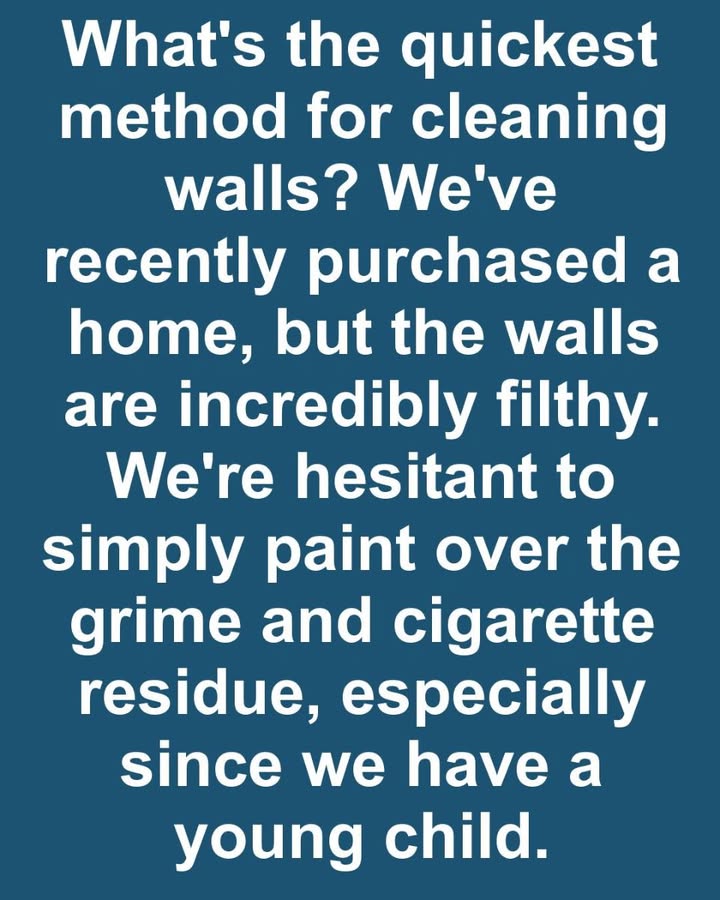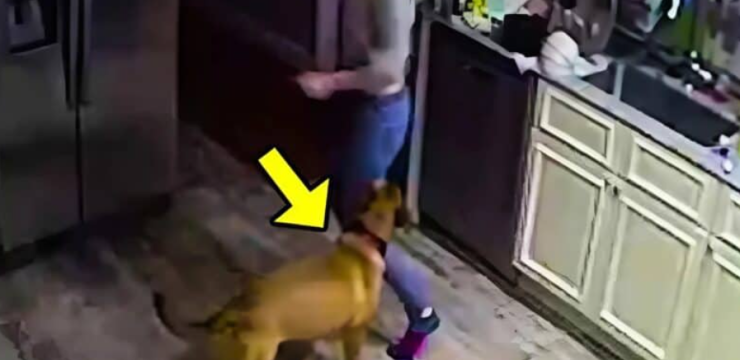Keeping your walls clean is an essential part of maintaining a safe and healthy living space, especially after moving into a new home where previous residents may have left behind visible grime, stains, or even cigarette residue. While a fresh coat of paint might seem like a quick and easy fix, painting over dirty walls can cause more harm than good in the long run.

Without properly cleaning the surface first, paint may not adhere well, odors may persist, and the appearance of the walls could degrade faster. For families, especially those with young children, this isn’t just an issue of aesthetics—it also impacts indoor air quality and overall health. The first step before cleaning is to thoroughly inspect the condition of your walls. Look for discoloration, sticky patches, streaks, or mold growth, as these are often signs of smoke damage or accumulated grime. Identifying the most affected areas allows you to focus your efforts and apply the correct cleaning techniques. Painting directly over these issues might seem easier, but it often leads to poor results like peeling paint, uneven color, and unpleasant odors bleeding through.
If the dirt and smoke residue are not removed beforehand, the paint won’t last and you’ll likely find yourself repainting sooner than expected. To tackle wall cleaning properly, it’s important to gather the right supplies. Microfiber cloths, non-abrasive sponges, a mop with an extended handle, buckets, and rubber gloves are essential tools. When it comes to cleaning agents, stronger stains—especially those from cigarette smoke—may require something like trisodium phosphate (TSP), a powerful degreaser. More natural options like vinegar and baking soda can handle everyday grime and are safer for households with children. Be sure to check the type of paint on your walls, as some finishes, like flat or matte, may require gentler cleaners to avoid damage.
Before you begin cleaning, prep the room by moving as much furniture as possible away from the walls. For anything too large to move, cover it with drop cloths or plastic sheeting to protect it from cleaning solutions or water drips. Apply painter’s tape to protect outlets, light switches, and baseboards, and lay plastic or towels on the floor to catch any spills. Taking these steps up front will make your cleaning process easier and help avoid additional cleanup later. Choosing the right cleaner depends on the type of stain. For cigarette smoke, a solution containing TSP is particularly effective, as it breaks down the greasy film smoke often leaves behind. For general dirt, warm water mixed with vinegar does the job well.
When mold is present, it’s essential to use a diluted bleach solution to kill spores and prevent regrowth. Start by dusting the walls with a dry cloth to remove loose particles, then use your cleaning solution and a sponge to work from the bottom up, which helps prevent streaking. Afterward, rinse the walls with clean water and dry them thoroughly. For especially stubborn grime, a paste made from baking soda and water can be gently scrubbed into the surface, then wiped clean. Mold removal may require scrubbing the area after applying bleach and ensuring the spot is completely dry afterward to prevent recurrence. If you’re concerned about using strong chemicals in a household with children, opt for safer alternatives. Vinegar and baking soda are both effective and non-toxic, and you can add a few drops of essential oils like lavender or tea tree oil for their antimicrobial benefits and a fresh scent. Ventilation is also key—open windows and run fans during and after cleaning to help eliminate fumes and moisture, reducing the risk of mold. In particularly humid environments, a dehumidifier can also speed up the drying process. If the job feels too big or the walls are heavily stained, hiring a professional cleaning service may be the best option. Professionals have access to industrial-grade cleaners and tools that can remove even the most stubborn residue efficiently and safely. Especially in homes with children, safety is a priority—make sure all cleaning supplies are kept out of reach, use child-friendly cleaning products, and ensure that no harmful fumes remain in the air. After cleaning, keep kids away from wet walls to avoid slipping or contact with any residual cleaner. Ultimately, keeping walls clean doesn’t just make your home look better—it creates a healthier space for your family. Regular dusting, spot cleaning, and annual deep cleans can go a long way in preventing buildup and maintaining indoor air quality. With a consistent wall-cleaning routine, you’re not only preserving the beauty of your home but also promoting a safer environment for everyone inside.





